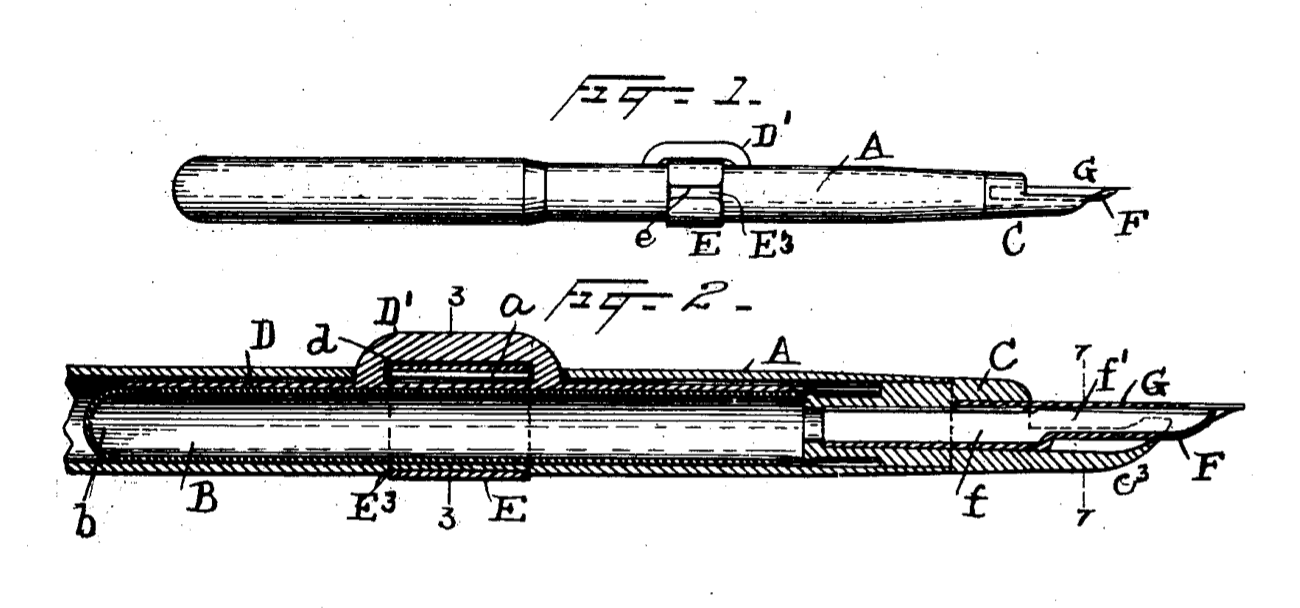
Trial Attorneys- A lost art form & eDiscovery

I recently met with an established trial attorney to talk electronic discovery who had well over 100 trials under his belt by his early 40’s. Year’s ago he mentioned to me that he had 10 to 15 trials per year. Today, he is looking at maybe one or two trials per year. The decrease in number of trials has a lot to do with the overall expense of litigation. The overwhelming amount of data and high costs of discovery is certainly a large component of that litigation expense. What struck me though about my conversation was the emphasis and importance he placed on discovery and performing this portion of litigation properly. In particular he stressed the major importance of properly collecting data. Ultimately, he said he is the one that has to face the Judge and assure that data collection was done properly. This is the main reason he is so adamant with clients to avoid self collection and engage professional oversight.
Objection;
It’s no secret that one of the leading objections we get as a forensic and electronic service provider is that the corporate client wants to self-collect. Many think they are saving money by utilizing internal resources to perform such a tasks but those soft cost savings (aside from the risk) typically disappear during the processing and legal review phases of discovery. With that, below are some pitfalls to clients self-collecting data:
Pitfalls of Self Collection
Metadata Preservation – If the client does not have forensic tools in-house, behind the firewall, there are metadata preservation issues that could arise with clients self-collecting. Forensic collection will avoid all potential metadata spoliation supported by third-party export testimony.
Supplemental Collections: Re-collection is commonplace with corporations handling self collections because many times data sources get overlooked resulting in supplemental productions, rush data processing requests, and rushed legal reviews leading to higher costs, mistakes and fragmented review.
Greater Liability– Good faith omission from inadvertence and/or bad faith omission due to fraud is always prevalent with self collection. Having unbiased third party experts involved in the data collection allows for detailed data collection methodology, affidavits, chain of custody and expert testimony in compliance with all 30 (b)(6) regulations, thus sheltering IT personal from depositions on collection methodology.
Basic Search is not enough: A basic key word search will many times will overlook PDF’s, PPT’s, image files, video, email archives, zip, RAR files to name a few.
Context Preservation – Many times context can get lost through self collection methods and file formats like corporate WIKIs can be difficult to recreate and review in a typical document review platform.
Outside Counsel Needs to Sign-Off on the Collection: At the end of the day outside counsel needs to sign-off on the fact that the data collection was done properly. In short, corporate clients without proper forensic tools in place and expertise is less defensible in a court of law.
Sources:
Picture Credit: https://blogs.bnip.com/aip/2014/02/the-lost-art-form-of-hand-drawn-patent-illustrations“
